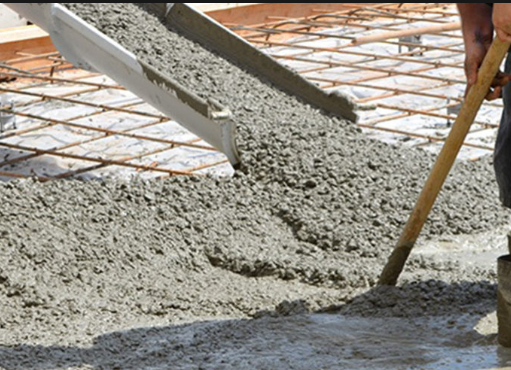Geopolymer concrete has emerged recently as a promising solution, offering a viable and eco-friendly alternative. Geopolymer concrete is a type of concrete that utilizes industrial by-products or waste materials as binders, reducing the carbon footprint and contributing to sustainable development.
Properties of Geopolymer Concrete
Geopolymer concrete is a cementitious material composed of a combination of alumina silicate materials and alkaline activators. Unlike traditional concrete, which relies on Portland cement as a binder, geopolymer concrete utilizes industrial by-products such as fly ash, blast furnace slag, and metakaolin. These materials, when combined with alkaline activators such as sodium hydroxide (NaOH) and sodium silicate, undergo a chemical reaction known as geopolymerization. Here Sodium Hydroxide decreases the setting time. This reaction forms a three-dimensional network of geopolymeric gel, providing the concrete with structural strength and durability.
Read Also- Hydraulic Cement – Properties and Applications
Benefits of Geopolymer Concrete
Reduced carbon footprint: The production of traditional Portland cement is responsible for a significant amount of carbon dioxide emissions. Geopolymer concrete, on the other hand, reduces the carbon footprint by utilizing industrial waste materials as binders. This reduces the demand for cement production, thus decreasing greenhouse gas emissions.
Waste utilization: Geopolymer concrete offers a solution to the disposal of industrial by-products. Materials like fly ash and blast furnace slag, which would otherwise end up in landfills, can be used effectively in geopolymer concrete, turning waste into a valuable resource.
Enhanced durability: Geopolymer concrete exhibits excellent mechanical properties, including high compressive strength and resistance to chemical attack. It demonstrates superior performance in harsh environments, making it suitable for infrastructure exposed to aggressive conditions such as marine structures and chemical plants.
Fire and heat resistance: Geopolymer concrete possesses superior fire and heat resistance compared to traditional concrete. It retains its strength and integrity even under high temperatures, making it an ideal material for applications where fire protection is crucial, such as tunnels and high-rise buildings.
Challenges and Future Directions
While geopolymer concrete shows great potential, there are challenges that need to be addressed for its widespread adoption.
Standardization and codes: Geopolymer concrete is a relatively new material, and there is a lack of standardized testing methods and codes for its use in construction. Establishing industry-wide guidelines and regulations will facilitate its acceptance and integration into building practices.
Cost-effectiveness: At present, geopolymer concrete can be more expensive than traditional concrete due to the limited availability of industrial waste materials and the additional processing required. As technology advances and demand increases, the cost is expected to decrease, making it more economically viable.
Public awareness and acceptance: Geopolymer concrete is still unfamiliar to many construction professionals and the general public. Increasing awareness through education and showcasing successful projects will be crucial to overcome scepticism and promote its adoption.
Conclusion: Geopolymer concrete offers a sustainable alternative to traditional concrete, addressing environmental concerns and promoting resource efficiency. Its utilization of industrial by-products as binders reduces carbon emissions, while providing excellent durability, fire resistance, and waste utilization. Despite some challenges, the future of geopolymer concrete looks promising. Continued research, development, and industry collaboration are vital to further improve properties, lower costs, and establish widespread acceptance of this technology.
External Resources-
https://www.sciencedirect.com/science/article/abs/pii/S2214785320331357
https://link.springer.com/article/10.1007/s10098-021-02085-0
Read Also-
Admixtures of Concrete to Modify Properties(Concrete Technology)
Properties Of Fresh Concrete – Segregation And Bleeding
Alkali-Aggregate Reaction in Concrete
